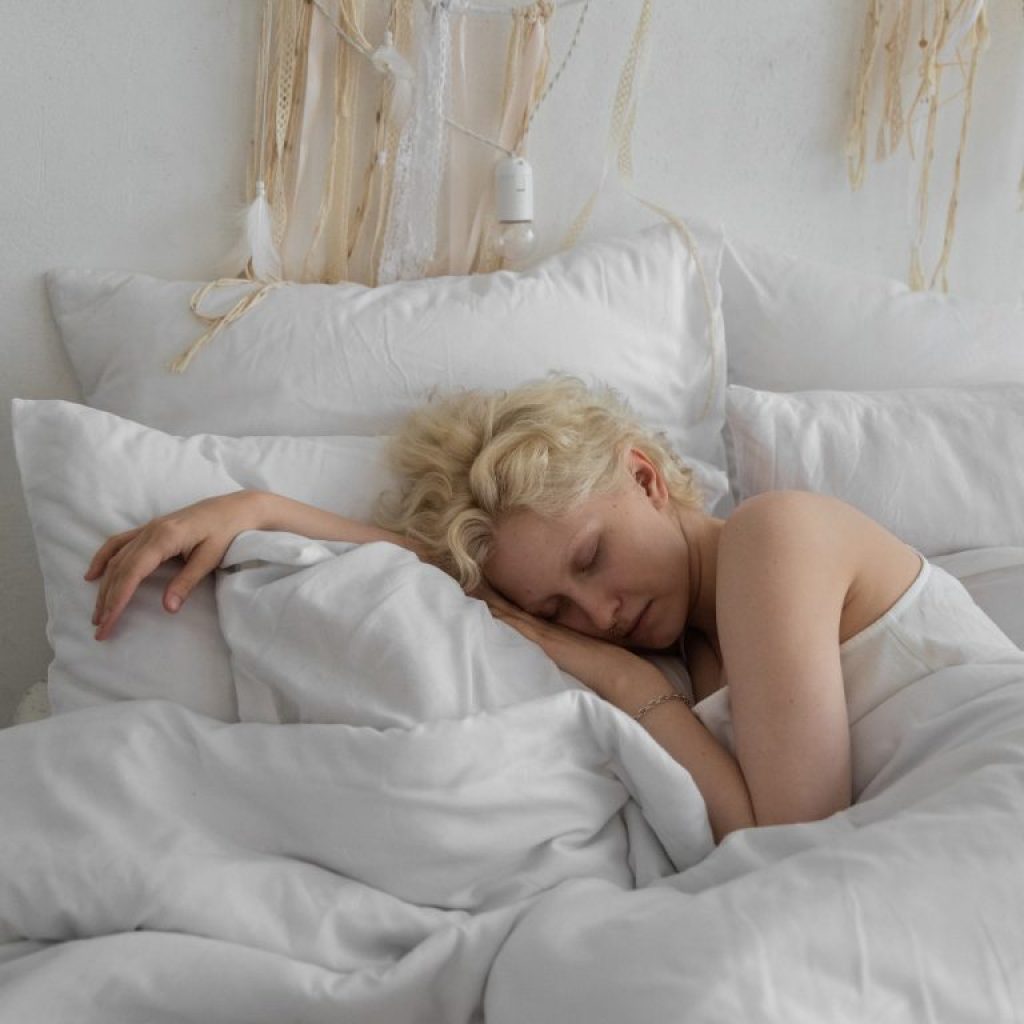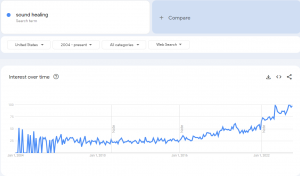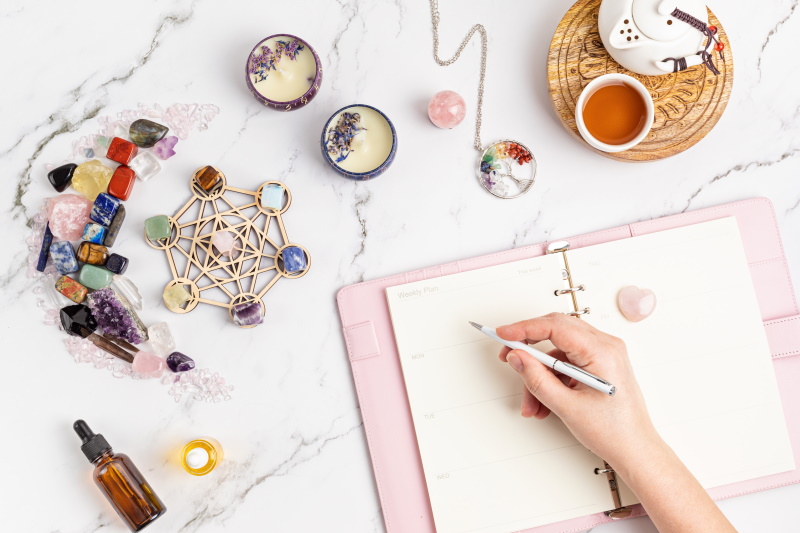Sound and sleep don’t seem like they belong together, like a bad relationship maybe. Most people would even argue that to fall asleep, they require lack of sound or complete silence. Where others report not being able to fall asleep without sleep aids such as white noise from a fan, nature like sounds such as pouring rain in their headphones, or perhaps even a soft soothing melody playing from the ever listening Alexa. But, why does sound help us sleep? In a world where a good night’s sleep is the precursor to a successful day fueled with production, understanding how noise has the ability to influence sleep can enable us to get every precious second of shut eye needed.
To understand how noise can positively influence sleep, it’s best to explain its potential for disruption as well. Certain noises of high pitch and volume are painful and alarming for the human brain to receive. Think of chalk being dragged across the chalkboard, or the sound of cop sirens behind you. Noises like these signify danger, and the fight or flight response we all possess, responds to various noises as threats. In this way, noises have the ability to negatively influence our current moods and states of being. There is even evidence of sound being so influential on mood, it’s been used as a method of torture. (If rock isnt your preferred music choice, and you’re forced to listen to it at high volumes, it will indeed feel like a form of torture.)
However, just as loud noises have the ability to disrupt our peace and sleep, they can also do the exact opposite. Lullabies hummed by mothers in soft, consistent, low tunes soothe crying children. A study in 2017 done by the Journal of Theoretical Biology reported that certain types of noise deemed pink noise reduced brain waves and encouraged sleep. Just as loud high pitched noise has the ability to frighten and alarm us, quiet even toned noise has the ability to soothe and destress us. Noise can be a sleep aid where other methods have failed.
There are variations of sound that can help us get our best nights of sleep. As mentioned before, pink noise is a sound given a color that corresponds with the energy that sound signal gives off. White noise, as most people are familiar with, is another type of noise existing as energy across frequencies. Examples of white noise can be heard in evenly distributed energies resulting in the hum of a fan, or the static from a television. Examples of pink noise are rustling winds, heart beats, the pitter patter of rain. This color of noise isn’t evenly distributed like that of pink noise, and is a deeper sound at lower frequencies. Both variations have been used as sleep aids. An honorable mention of noise that helps people sleep, is actually black noise or the lack of sound. (which is still able to be a sound)
Sound has been helping some people fall asleep for centuries, and at the same time has been keeping some awake. Depending on what you listen to you can influence your entire mood, current state and even induce a state of deep relaxation. Noise expressed through colors can be found on nearly any modern day app made to help you relax, as well as guided YouTube noises and of course, the naturally occurring sounds that take place in nature. If a long day has you feeling restless, you might want to try the last thing that you’d consider as a sleep aid, and that’s pleasant unalarming sound.



